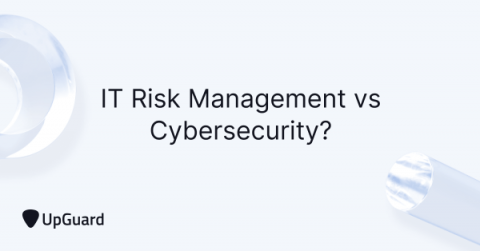Security | Threat Detection | Cyberattacks | DevSecOps | Compliance
Security
The Essential Steps of a Successful Zero Trust 'Journey' for Federal Agencies
By Nate Smolenski In May, the National Institute of Standards and Technology (NIST) released the white paper, “Planning for a Zero Trust Architecture,” which illustrates how agencies can make this transition by leveraging the seven steps of the NIST Risk Management Framework (RMF): Prepare, categorize, select, implement, assess, authorize, and monitor.
Red teams vs blue teams: Breaking down security roles
Red teams, blue teams, and purple teams, oh my! Many of us have heard these terms, but what exactly do they mean? And where does our individual interest and expertise place us? There are many niche roles within security, but this post will cover the basics of red, blue, and purple teams, and explain how they work together to enhance an organization’s security posture.
Help Protect Seniors from Cyber Crime
Threat Intelligence 101
The Uber Hack - A step by step breakdown of the 2022 Uber data breach
IT Risk Management vs Cybersecurity?
IT risk management and cybersecurity are two essential practices that define the effectiveness and security structure of modern organizations. IT risk management is the process of managing and mitigating risks via careful planning, specialized systems, guidelines, policies, and decisions across various sectors, not just cybersecurity. With IT risk management, the IT staff is focused entirely on IT risk mitigation.
How to Choose the Best CDN Service for Your Startup?
47% of customers prefer web pages that load within 2 seconds. Not only do they expect, but 40% of visitors will also leave your site if it takes more than 3 seconds to load. This makes using the right Content Delivery Network more critical for your startup. It helps to achieve quick and secure content delivery. In the market for a CDN Service? Check out these factors before choosing your CDN service provider.
Fortify & Secure Your Kubernetes Environment with Rubrik Security Cloud
Enterprises have benefited from encapsulating applications into lightweight, independent units called microservices. By adopting an architectural pattern of loosely coupled and independently deployed services, microservices can rapidly deliver complex applications at scale without the typical technical debt of legacy applications.











